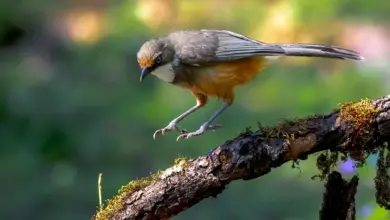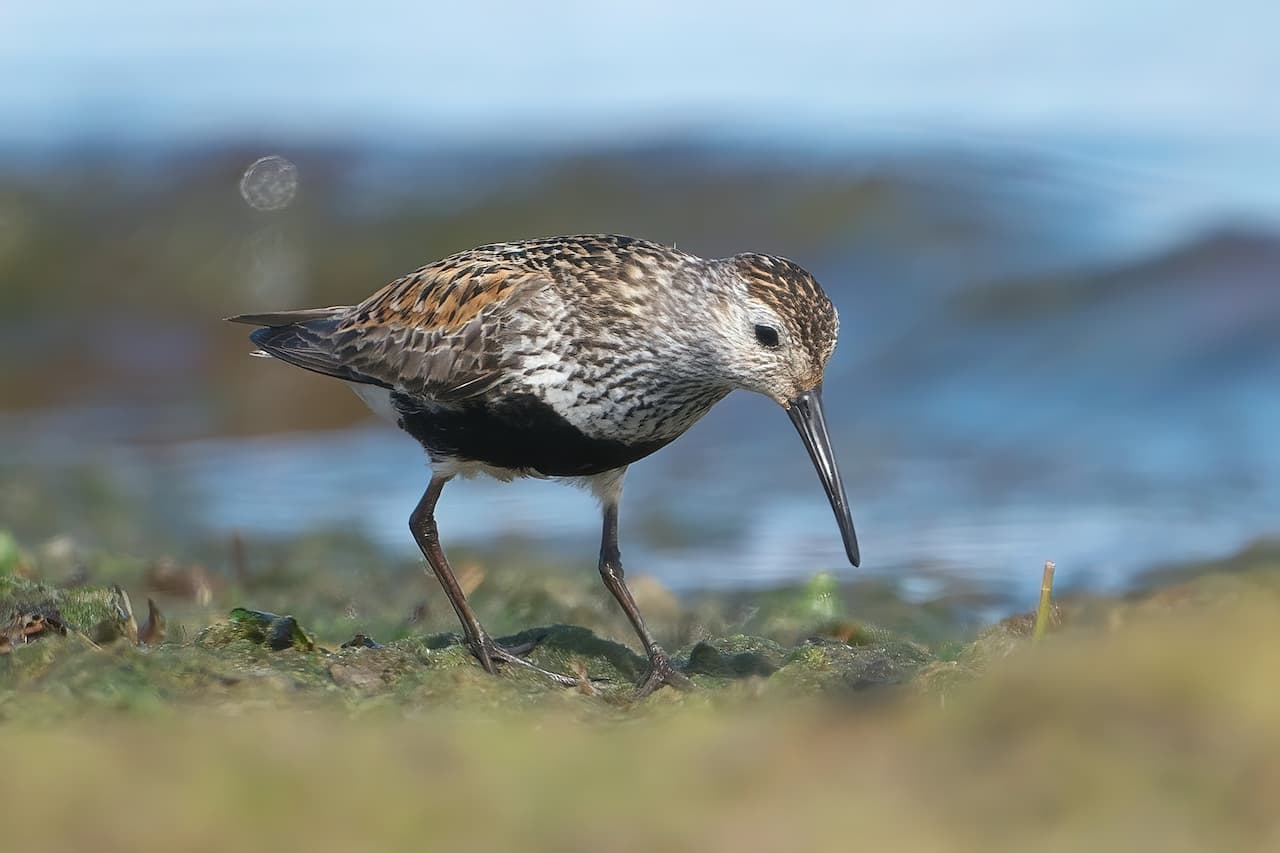Asio (family Strigidae)
Asio is a genus of typical owls, or true owls, in family Strigidae.
Distribution
This group has representatives over most of the planet, and the Short-eared Owl is one of the most widespread of all bird species, breeding in Europe, Asia, North and South America, the Caribbean, Hawaii and the Galápagos Islands. Its geographic range extends to all continents except Antarctica and Australia.
The two northern species are partially migratory, moving south in winter from the northern parts of their range, or wandering nomadically in poor vole years in search of better food supplies. Tropical Asio owls are largely sedentary.
Description
These are medium-sized owls, 30-46 cm in length with 80-103 cm wingspans. They are long-winged and have the characteristic facial disc.
Asio owls are mainly nocturnal, but Short-eared Owls are also crepuscular (active during the twilight). Most species nest on the ground, but the Long-eared Owl, Asio otus, nests in the old stick nests of crows, ravens and magpies (family Corvidae), and various hawks.
Diet / Feeding
These owls hunt over open fields or grasslands, taking mainly rodents, other small mammals, and some birds.

Species
- Stygian Owl, Asio stygius
- Striped Owl, Asio clamator
- Long-eared Owl, Asio otus
- African Long-eared Owl, Asio abyssinicus: The African Long-eared Owl is a medium-sized owl with yellow eyes, a black bill, and gray eyebrows. It is similar in appearance to the Long-eared Owl, Asio otus, but is overall darker, and their ranges do not overlap. It has long, brown, white-edged ear tufts that are slightly centrally located on the head. This owl prefers open grasslands or moorlands with oak or cedar forests, and it occurs in mountain valleys and gorges up to 3900 meters above sea level. It lives only in a very restricted range in Africa.
- Madagascar Long-eared Owl, Asio madagascariensis: The Madagascar Long-eared Owl is a medium-sized owl ranging from 31 to 50 cm in length. It generally has a dark brown facial disk, black bill, and orange eyes. Its long ear tufts are dark brown, flecked with tan, matching the head. The upperparts are black and tan, speckled and vermiculated with brown. The belly and breast are a light buffy color. These owls are usually found at 1600-1800 meters above sea level in a variety of habitats including humid evergreen forests, dry deciduous forests, and secondary and degraded forests. This species feeds mainly on mammals such as lemurs, free-tailed bats, and rats. It hunts at night, usually in or near forests. It roosts in dense foliage during the day, and probably nests in trees, but not much is known about its breeding. It is thought to lay its eggs in stick nests created by other animals. Its call is usually a series of barks, varying in pitch and volume, but sometimes it will utter a series of more hoot-like notes, described by some as ulooh. This species is not globally threatened, but its status is not certain. It is an endemic species to Madagascar, and it is difficult to detect.
- Short-eared Owl, Asio flammeus
- Marsh Owl, Asio capensis: The Marsh Owl is a species of owl that is a mainly resident breeder in Africa and Madagascar. This species is a part of the larger grouping of owls known as typical owls, Strigidae, which contains most species of owl. The other grouping is the barn owls, Tytonidae. Marsh Owl nests on the ground in open marshy areas, laying 2-4 eggs amongst tussocks. It hunts over open country, often by day. Its food is mainly insects, but it will take small mammals, such as rodents and birds. The Marsh Owl is 35-37 cm in length with an 82-99 cm wingspan. It is similar to the slightly larger Short-eared Owl. It has yellow eyes with a black iris, and short ear-tufts which are not usually visible. It is distinguished from its relative by its dark brown plumage and almost unstreaked upperparts. It is long-winged, and glides slowly on stiff wings when hunting. It will often perch on the ground or low posts. The call is a frog-like kaar or rasping whistle “shrss”
More Owl Information
- Owl Information
- Index of Owl Species with Pictures
- Owl Eyes / Vision Adaptations
- Pygmy Owls
- Barn Owls
- Horned Owls
- Scops Owls






